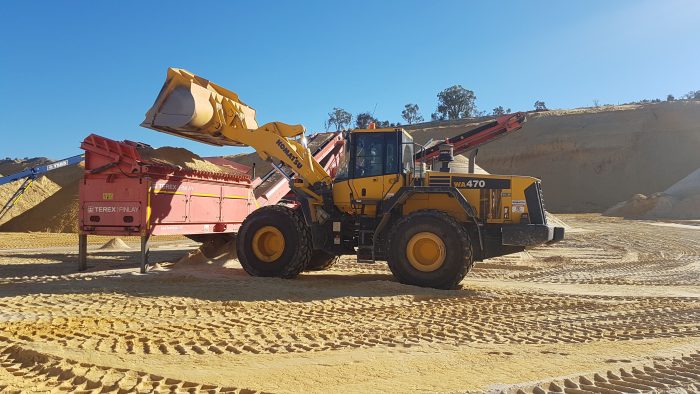
Your home, is your haven. It deserves the best in appearance and resilience to stand the effects of time.
Plastering is the crucial finishing touch required to safeguard the internal and external walls of your home against the elements, as well as adding aesthetic features and designs. Plastering also adds sound and thermal proofing too both internal and external areas of your home.
Apart from the versatility of plaster in protecting the walls against external factors. Plastering is also used for ornamental purposes and as decorative mouldings on ceilings and walls. Moreover, plastered walls are sturdier, easier to apply paint, patching and durable over time.
How is Plastering Sand Used?
Rendering is the process where a mixture of plastering sand, cement and hydrated lime are applied to the exterior walls. Most exterior walls are a sand finish plaster, then top coated with paint or texture coatings to give the desired finish. When rendering internal walls, an undercoat called the float coat is applied first, followed by a thinner layer of plaster called the finishing coat or set.
Although the exterior walls of most houses are plastered at the time of construction, years of exposure to harsh weather conditions will demand the weathered plaster to be removed, and the walls re-rendered with a new layer of plaster to shield your home against natural elements.
In the case of interior plastering, the process is the same. However are usually finished with a mixture of white set finishing coat. This set is reasonably soft, but can easily be repaired or refurbished with both painters putty or paint. Plastering offers the freedom to design your home in a more sophisticated style and is easily redecorated with both paint or wall papers. Although Europe and many Middle Eastern Countries have long seen the benefits of plaster, Australia’s love affair with plastering both internal and external has only increased substantially in the last 20 years due to its durability and cosmetic appearance.
Outdoor Uses Of Plastering Sand
Plastering sand can also be used for extensive gardening and landscaping purposes, ranging from topdressing professional sports fields to parks and golf courses. The plastering sand, having a considerably low content of clay, is used for landscape and gardening purposes as under pavers and bedding sand for improves drainage.
At Carramar Resource Industries, you will get the finest plastering supplies in Perth.
Wondering How Plastering Sand Is Made?
Our plastering sand is made through careful selection of sand, generally in the lower minimal clay and fines area of the quarry. Unfortunately, in some quarries they cannot obtain the right particle and clay distribution from one quarry. So, an amalgamation of two different types of sand, from difference locations is carried out to attain the required plasticity for plastering sand. In such a situation, usually a sample of sand with high clay content is blended with sand of a lower clay content to achieve a structurally pliable product. This is not always the preferred option as it can lead to inconsistencies in the gradient curve and affect products bonding or pliability. However, Carramar Resources Industries sand is all sourced from our Neerabup site which results in precise blending to create the optimal plastering product.
Why Choose Carramar Resource Industries for Your Plasterer Sand Needs?
We pride ourselves on customer service and offer a prompt delivery service. If you are looking to build or renovate you will have the assurance that our sand products have been commercially used by Australia’s largest building companies for over 20 years.
We are market leaders in quality control of products and are rolling out ISO 9001:2015 Quality Management Systems, ISO 14001:2015 Environmental Management Systems, AS/NZS 18001:2007 Occupations Health and Safety Management Systems.
Contact us at 9405 3877 today to get a quote!
